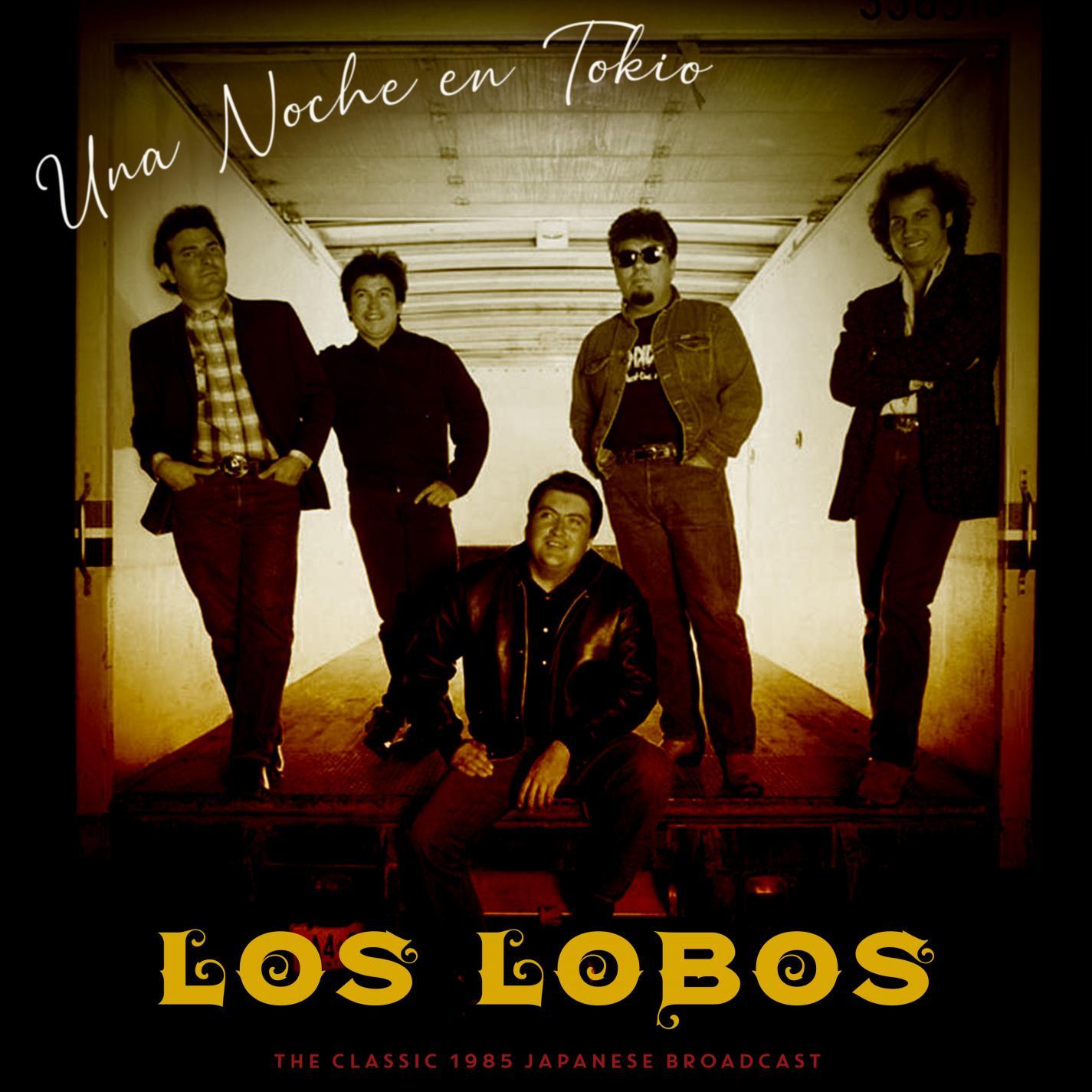
And they paid homage to other artists from the state of California on their 2021 release Native Sons. While they returned to a more conventional approach on 2002's Good Morning Aztlan and 2006's The Town and the City, their mix of influences remained potent as their songwriting and ensemble playing grew with time, and 2010's Tin Can Trust and 2015's Gates of Gold confirmed they were not only playing at the peak of their form decades into their career, but that they could still write songs relevant to the circumstances of a changing America.

And a Time to Dance and 1984's How Will the Wolf Survive? Los Lobos showed off the full range of their roots-based influences on 1990's The Neighborhood, then threw away the rule book with 1992's Kiko, a set full of melodic experiments and ambitious production that delivered some of the most evocative music of their career. The group got their start playing acoustic Mexican folk music (as documented on their self-released 1978 album Just Another Band from East L.A.) but as they added rock and blues accents to the mix, they won a following outside their hometown with 1983's. One of America's most venerated bands since they gained a national audience in the mid-'80s, Los Lobos were seasoned musical veterans with nearly 15 years of experience under their belts when they scored their first hit in 1987 with a cover of Richie Valens' "La Bamba." Though their time as pop stars was short, the group - who enjoy calling themselves "just another band from East L.A." - won over critics and a legion of loyal fans with their bracing mixture of rock, blues, Tex-Mex, country, R&B, and folk influences.


 0 kommentar(er)
0 kommentar(er)
